1. Haggis – Banned in the U.S., Loved in Scotland
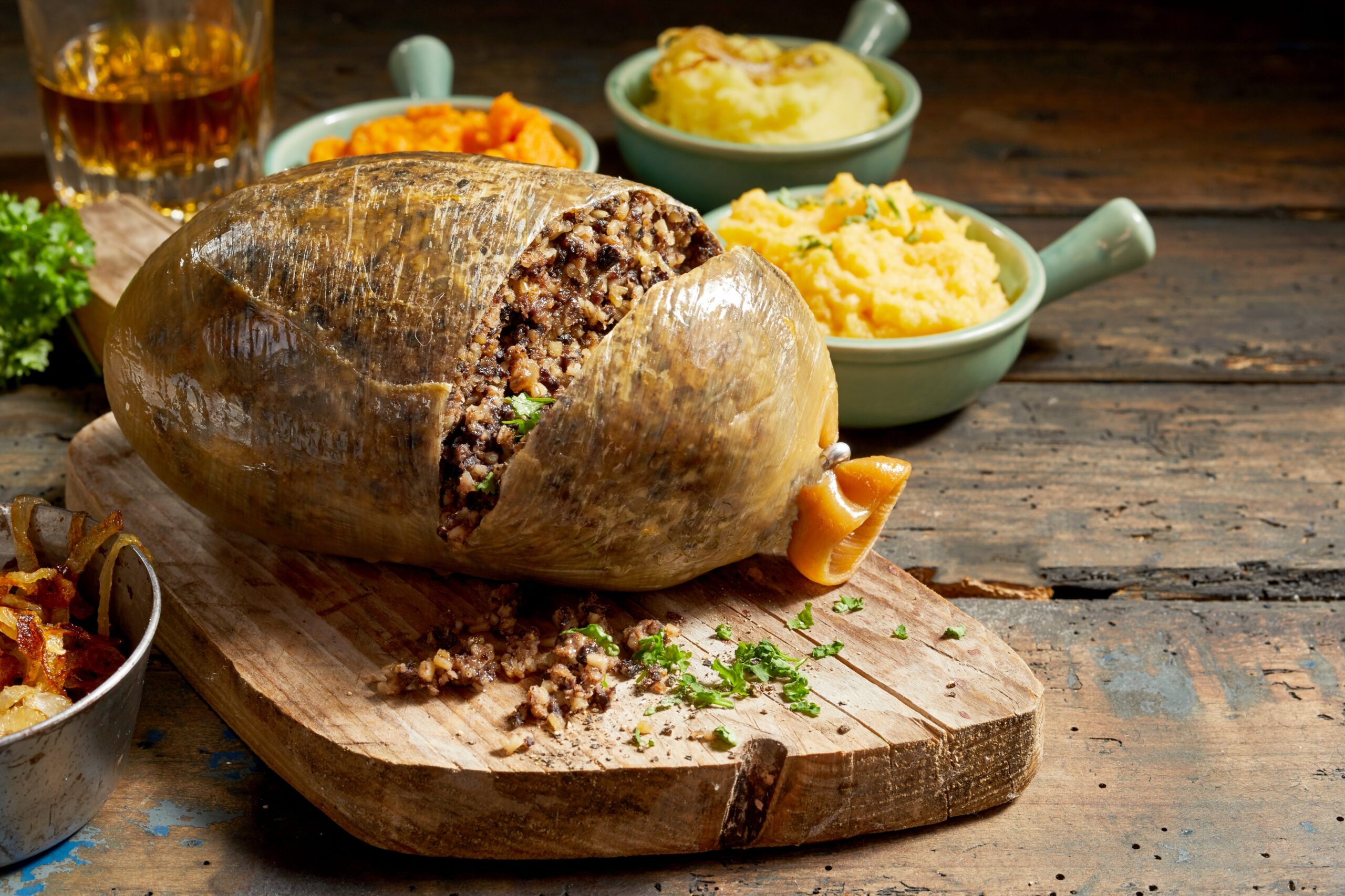
If you ever find yourself in Scotland, don’t be surprised if someone proudly serves you a steaming plate of haggis. This savory pudding made from sheep’s heart, liver, and lungs mixed with oatmeal and spices is considered a national treasure there. It’s traditionally served with “neeps and tatties” (turnips and potatoes), and people genuinely look forward to it—especially on Burns Night. But in the U.S., haggis containing sheep lungs has been banned since 1971 due to USDA regulations shares the Guardian.
That hasn’t stopped Scottish expats from craving it or sneaking in their own modified versions. Americans can get a lung-free haggis, but true purists say it just isn’t the same. The ban might seem odd to those who grew up with it as a comfort food. It’s one of those dishes that makes you realize how much cultural context shapes what we consider edible—or even crave-worthy adds the New York Times.
2. Kinder Surprise Eggs – Illegal in the U.S., Beloved in Europe

If you grew up in Europe, Kinder Surprise Eggs were probably a thrilling part of childhood. A chocolate egg with a toy inside? That’s basically kid heaven. But in the U.S., these sweet treats are banned because the embedded toy poses a choking hazard, violating FDA rules about food containing non-edible items shares the Takeout.
Ironically, Americans can now get a legal version called Kinder Joy, which separates the toy from the treat. Still, it doesn’t carry the same excitement or nostalgic appeal. In places like Germany or Italy, Kinder Eggs are a beloved staple in candy aisles. For many, the ban feels like an overreaction—especially considering how many toys in cereal boxes were once considered normal. Cultural perceptions of risk really do vary from place to place explains Chowhound.
3. Horse Meat – Taboo in the U.S., Enjoyed in Kazakhstan

In Kazakhstan, horse meat is a prized delicacy often served at special occasions like weddings and holidays. Dishes like “beshbarmak” (a hearty noodle and meat dish) are considered symbols of hospitality and tradition. The meat is lean, slightly sweet, and treated with deep cultural respect. But in the U.S., eating horse meat is practically unthinkable—and in many states, it’s outright illegal.
The taboo in the U.S. stems largely from the idea of horses as companions rather than food sources. There’s also been legal controversy around horse slaughterhouses, further entrenching the practice as unacceptable. In contrast, Kazakh cuisine views horses as both noble animals and valuable resources. The difference highlights how tradition and emotion intertwine with culinary preferences.
4. Casu Marzu – Forbidden in the EU, Celebrated in Sardinia

Casu Marzu isn’t just cheese—it’s an experience. This Sardinian delicacy is made by allowing cheese flies to lay eggs in pecorino, resulting in a soft, maggot-filled interior. It sounds horrifying to some, but locals swear by the flavor and texture. In Sardinia, it’s often shared among friends with pride, especially during festive gatherings.
The EU, however, has banned the sale of Casu Marzu due to food safety concerns. It technically violates health codes about food infested with insects. Still, people continue to make and enjoy it unofficially, keeping the tradition alive. It’s one of those foods that reminds you how deeply personal and regional taste can be—even if the rest of the world recoils.
5. Foie Gras – Banned in India, Revered in France
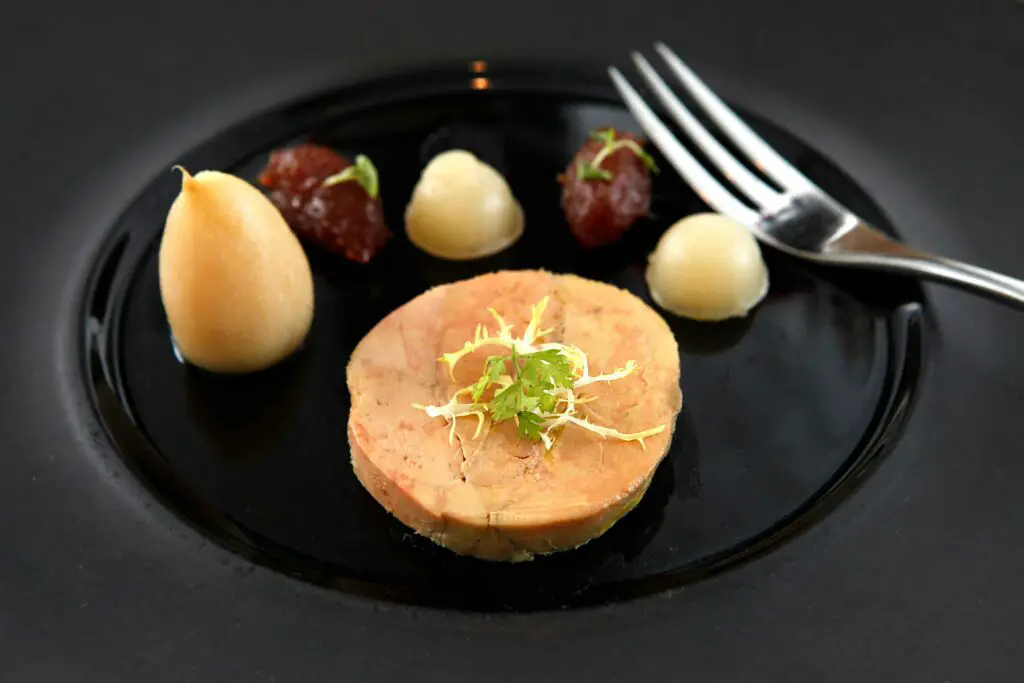
Foie gras is rich, buttery, and incredibly controversial. Made from the liver of force-fed ducks or geese, it’s considered a luxury item in France, often served at fine restaurants and holiday dinners. The process behind it is what’s sparked outrage, though. Animal rights concerns have led countries like India to completely ban its import.
Despite the ban, foie gras is still seen by many chefs and foodies as a pinnacle of French cuisine. France protects the dish legally as part of its cultural heritage. Meanwhile, animal welfare advocates continue to criticize it, creating a moral debate around taste versus ethics. Depending on where you stand, it’s either a delicacy or a symbol of unnecessary cruelty.
6. Ortolan Bunting – Protected in the EU, Once a Gourmet’s Dream in France

This tiny songbird was once a rare delicacy in French haute cuisine. The preparation was elaborate and, to many, quite troubling: the bird was drowned in Armagnac and eaten whole, bones and all. Traditionally, diners would cover their heads with a napkin to “hide from God” while indulging. It was considered a culinary rite of passage for elite food lovers.
But today, eating ortolan is illegal across the EU due to its endangered status. France only officially banned the practice in 1999, though it had already become rare. Conservationists lobbied hard for its protection, and even celebrity chefs eventually backed down. It’s one of those cases where cultural tradition clashed hard with environmental responsibility.
7. Fugu – Off-Limits in the EU, a Japanese Delicacy
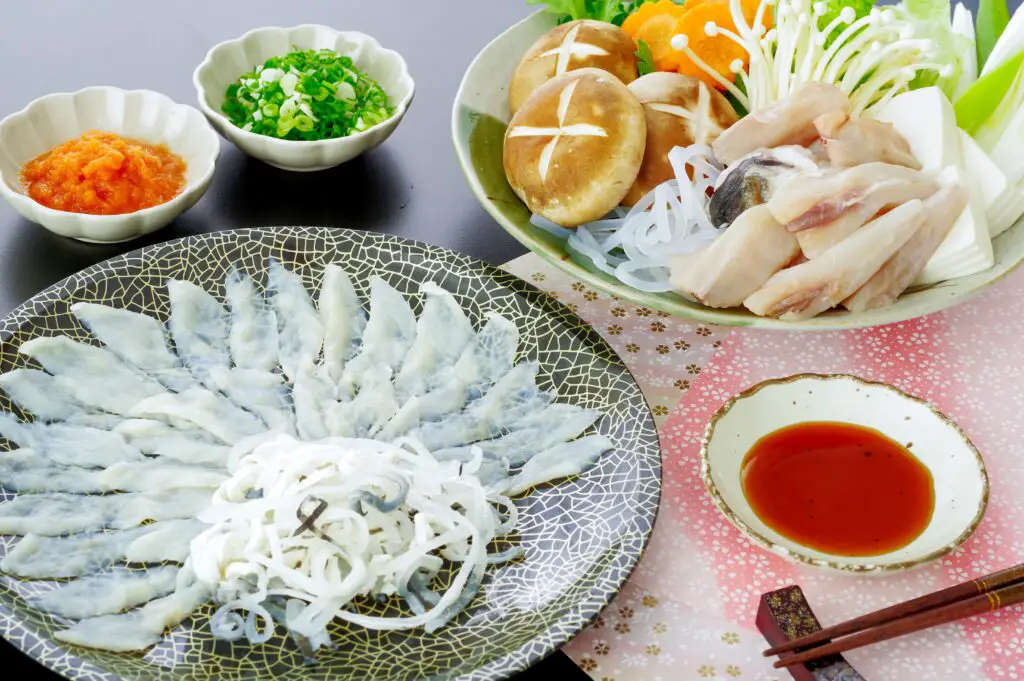
Fugu, or pufferfish, is notorious for being deadly if not prepared correctly. In Japan, licensed chefs undergo years of training to learn how to safely serve it. The appeal is partly about the thrill—it’s food with a hint of danger. Diners often describe the meat as delicate and slightly sweet, with a unique texture.
But due to its high toxicity, fugu is banned in the European Union and heavily restricted elsewhere. Even in Japan, it’s regulated with intense scrutiny. That hasn’t stopped curious food lovers from seeking it out, sometimes even traveling just for a taste. It’s a striking example of how food safety laws diverge—and how risk can actually be part of the appeal.
8. Absinthe – Once Banned in the U.S., Still Loved in Switzerland
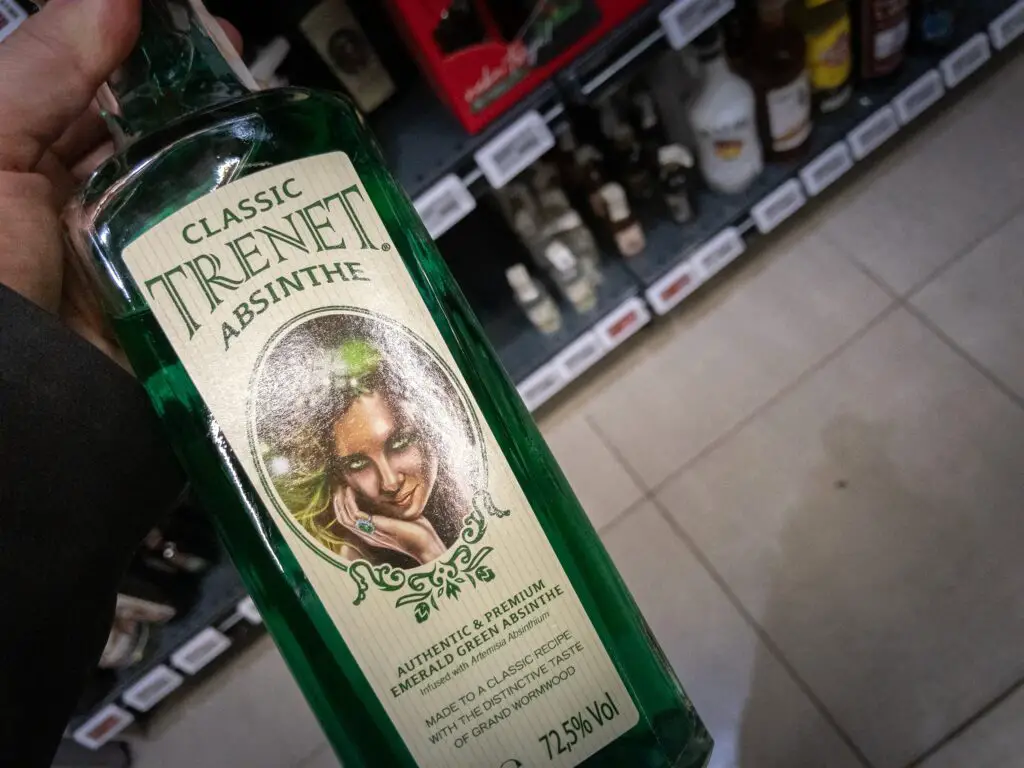
Absinthe earned a reputation as the “green fairy” and was long thought to cause hallucinations and madness. In the early 1900s, it was banned in the U.S. and many European countries. But in Switzerland and France, where it originated, absinthe has always had a bit of mystique. Distilleries quietly continued making it, even during prohibition periods.
Modern science eventually debunked the myths around its supposed psychoactive effects. Now it’s legal again in many places—but not without restrictions. Some countries still ban high-thujone variants, the chemical once thought to cause its infamous effects. Despite its rocky history, absinthe remains a favorite among those who appreciate a bit of ritual in their drink.
9. Samosas – Banned in Somalia, Enjoyed Around the World

Samosas are golden, triangle-shaped pockets of spiced potato, meat, or lentils that have won hearts across the globe. They’re especially popular in South Asia, the Middle East, and East Africa. But in Somalia, the Islamist group Al-Shabaab banned them in 2011, claiming the triangular shape was too closely associated with Christianity’s Holy Trinity.
It’s a rare example of a food being banned for symbolic rather than health-related reasons. People in other parts of the world were baffled by the decision. In India, the U.K., and the U.S., samosas are a beloved snack food found in street stalls and restaurants alike. The ban didn’t change the snack’s global status, but it certainly added a strange twist to its story.
10. Black Pudding – Illegal in Some U.S. States, Common in the U.K.
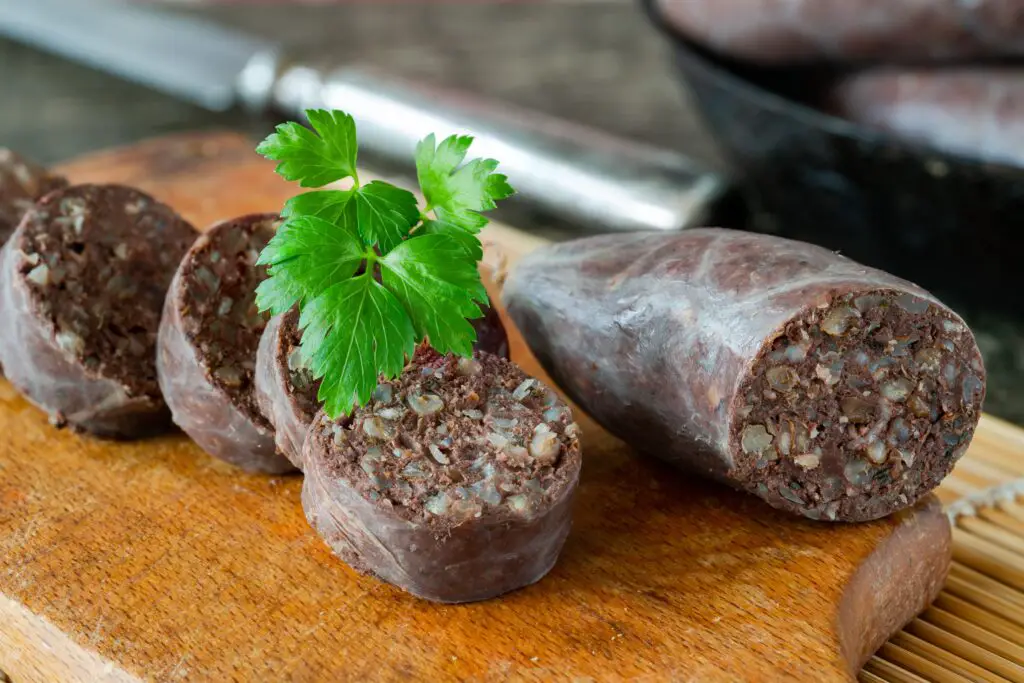
Black pudding, a type of blood sausage, is a breakfast staple in much of the U.K. and Ireland. Made with pig’s blood, oatmeal, and spices, it’s savory, rich, and usually fried to a crisp. Brits often pair it with eggs and toast, considering it a comfort food. But in some parts of the U.S., selling or importing it is restricted due to laws against food made with blood.
Health and sanitation concerns are the main reason for the restriction. American food regulations are especially strict about animal byproducts. Still, you can find black pudding in specialty shops or expat communities willing to bend the rules a bit. The divide shows how one culture’s daily breakfast can be another’s regulatory nightmare.
11. Shark Fin Soup – Banned in Several Western Countries, Popular in China

Shark fin soup has been served at Chinese banquets for centuries, especially at weddings and special events. It’s seen as a symbol of status and wealth, though the fin itself doesn’t add much flavor—it’s all about texture. In China and parts of Southeast Asia, the dish remains culturally significant. But concerns over shark populations have led to bans in places like the U.S., Canada, and the EU.
The controversy lies in the harvesting method, which often involves cutting off fins and discarding the rest of the shark. This has raised serious environmental and ethical issues. In response, many younger people in China are turning away from the dish. Still, the traditional pull is strong, especially in more conservative or rural areas.
12. Ackee Fruit – Banned When Unripe in the U.S., Jamaica’s National Fruit

Ackee might look harmless, but if you eat it before it’s fully ripe, it can be deadly. The fruit contains toxins that drop to safe levels only when it naturally opens on its own. In Jamaica, ackee and saltfish is the national dish, and locals know exactly how to handle and prepare it safely. It’s buttery, slightly nutty, and often served at breakfast.
In the U.S., however, the FDA bans the import of fresh ackee due to the risk of hypoglycin poisoning. Only canned, pre-processed versions are allowed, and even those are closely monitored. For Jamaicans living abroad, it can be tough to find a satisfying version of the dish. It’s one more reminder of how safety rules can clash with cultural heritage.
